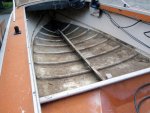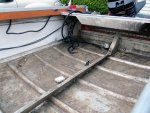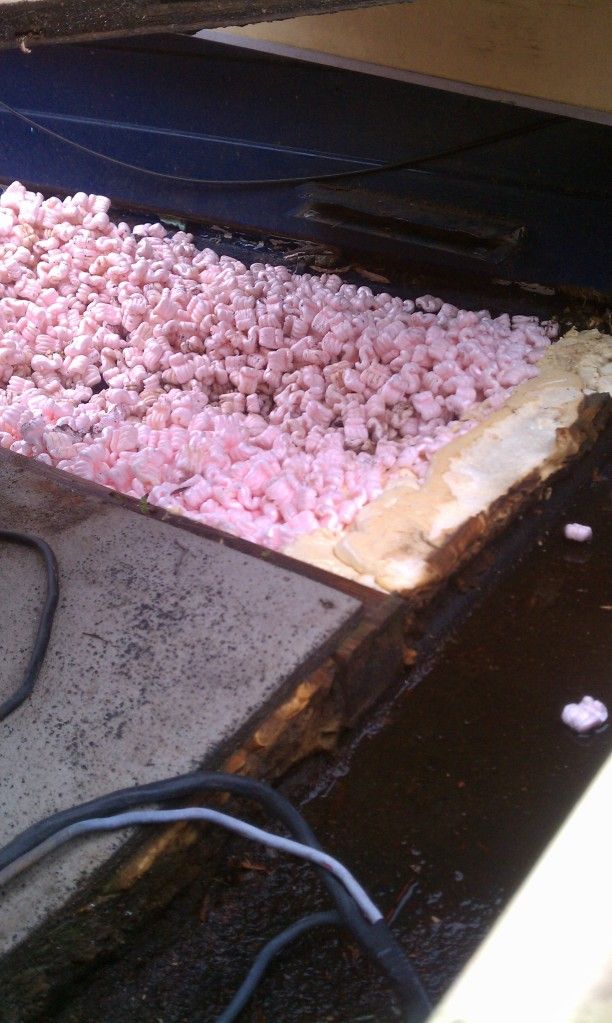johnbuczek51
Seaman Apprentice
- Joined
- May 27, 2012
- Messages
- 34
I had this over at Starcraft but noticed I probably should have posted it here instead. If I'm wrong I apologize.
Been reading the restores for months now and find a lot of good info, however, some confusing info also.
Let's start with "floatation" the foam, insulation what ever. I've seen articles where some used spray foam, some using what appears to be 1/2" blue soft foam others swear by a pink foam. Some of the applications do not appear to have enough "whatever" to keep a boat afloat.
We removed from our (Grandson and I) boat a white solid approximately 3" thick chunks that were so water logged that they added maybe another 300lbs to the boat. This material could not possibly help in floatation in my opinion.
Second....wood for the deck...some say plywood others talk of another wood AND thickness from 1/8" to 3/4" all of which are painted with...paint, epoxy or some other type of application (fiberglass). From our boat we removed 1/8" plain plywood with no paint covered by an indoor-outdoor carpet. It was not rotted but it was soft and bounced when we walked on it.
SO... the big question. Is there a standard by which you guys go by or is it a matter of what you honestly believe to be right because I'm about to embark on a new venture..............see pictures



Been reading the restores for months now and find a lot of good info, however, some confusing info also.
Let's start with "floatation" the foam, insulation what ever. I've seen articles where some used spray foam, some using what appears to be 1/2" blue soft foam others swear by a pink foam. Some of the applications do not appear to have enough "whatever" to keep a boat afloat.
We removed from our (Grandson and I) boat a white solid approximately 3" thick chunks that were so water logged that they added maybe another 300lbs to the boat. This material could not possibly help in floatation in my opinion.
Second....wood for the deck...some say plywood others talk of another wood AND thickness from 1/8" to 3/4" all of which are painted with...paint, epoxy or some other type of application (fiberglass). From our boat we removed 1/8" plain plywood with no paint covered by an indoor-outdoor carpet. It was not rotted but it was soft and bounced when we walked on it.
SO... the big question. Is there a standard by which you guys go by or is it a matter of what you honestly believe to be right because I'm about to embark on a new venture..............see pictures

























